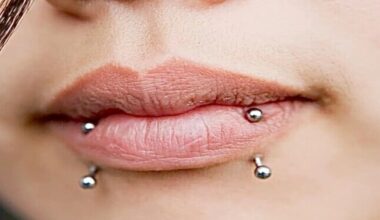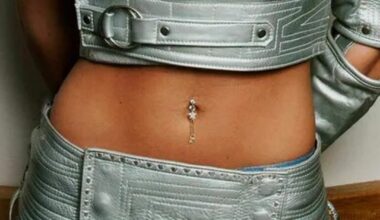Seed corn on foot is not a skin disease. They are the body’s response to friction or pressure on the skin. Corns are caused by excess moisture, friction, and weight. They are painful and form on the lower areas of the skin. Usually, corn is not dangerous but it causes irritation and mostly affects women more than men.
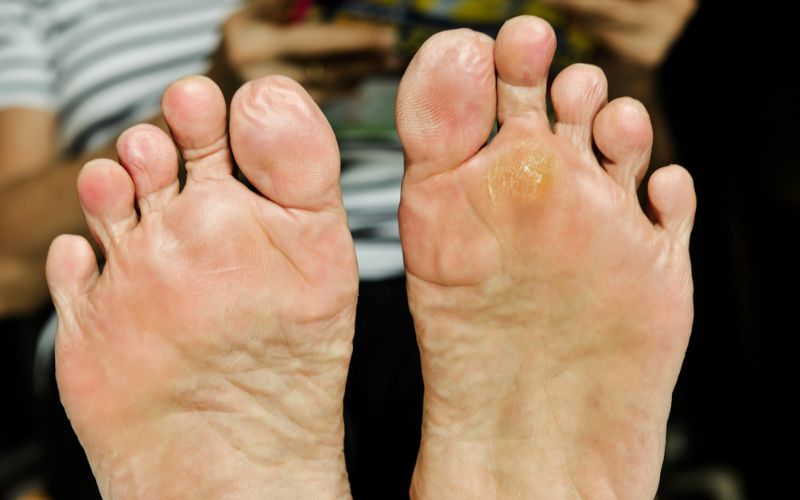
Corns have three types: Hard, Soft, and Seed. Hard cons are small and concentrated areas of hard skin, found within a wider area of thickened skin. While soft corns are gray and have a rubbery texture.
They usually appear between the toes. On the contrary, seed corns are small and found on the bottom of the foot. They become quite painful as they thicken. In this blog, we will focus on seed corn and discuss everything that you need to know about them. So let’s begin.
How to Cure Seed Corn on Foot?
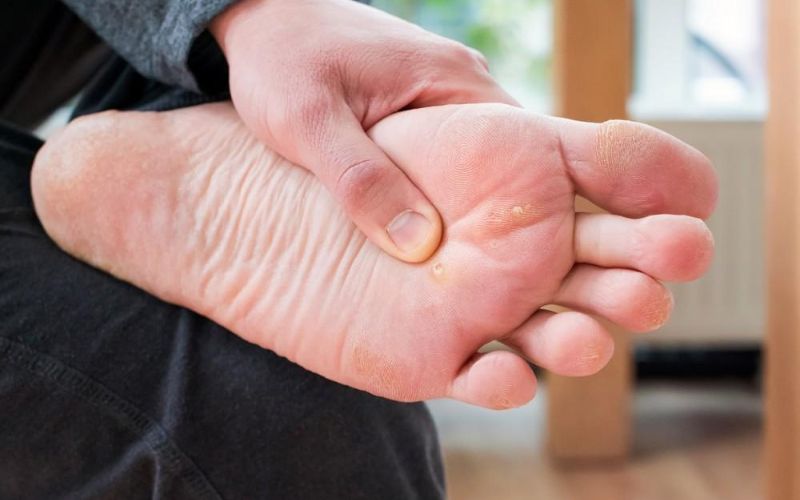
Seed corn removal is an easy task and you can do it yourself at home. But before starting the treatment you must find the cause of corn first. Most times seed corn goes away on its own when the pressure causing them stops.
But if seed corns irritate you and do not allow you to walk properly then the following steps are for you. Have a look at them.
- Soak Feet in Warm Water
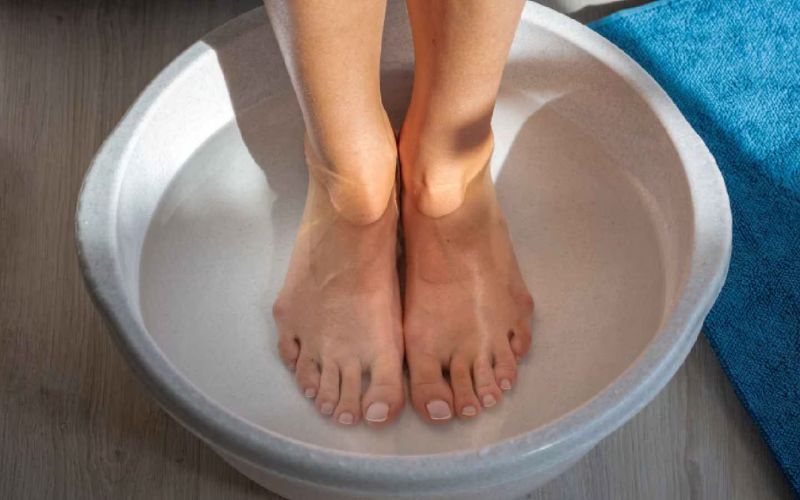
Take a large bowl and fill it with warm water. The water you use must be warm, not boiling. Add your favorite shampoo into the water and mix until bubbles form. Put your feet into the water for 5 to 10 minutes and make sure the corn is fully submerged. This will make the corn soft and you can remove it easily.
- Use a Pumice Stone to File the Corn
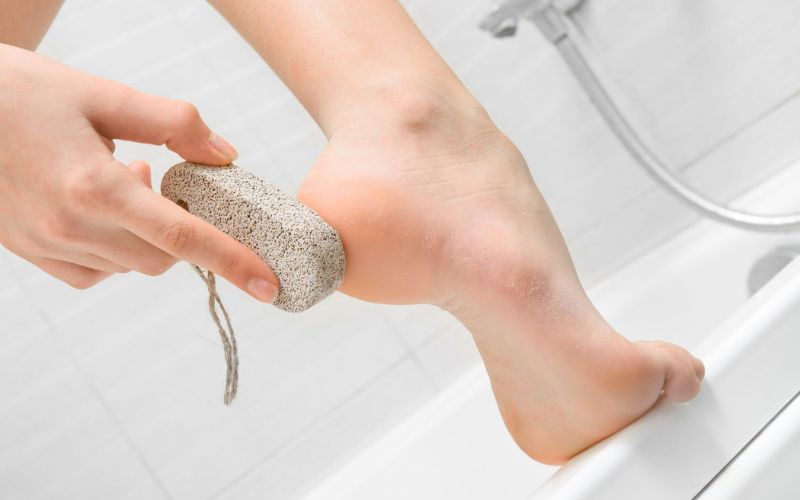
A pumice stone is an abrasive and porous volcanic rock that is used for sloughing away dry skin. Put the pumice stone in warm water and use it carefully to file the seed corn feet. Circulate the pumice stone in circular or sideways motions to remove the dead skin. Remember that you do not take too much foot skin as it can cause bleeding and infection.
- Use a Moisturizer

Take a normal moisturizing lotion or foot cream that contains salicylic acid to hydrate the feet and keep them soft. The reason is salicylic acid dissolves the keratin protein that builds up the corn and its surrounding dead skin. But this acid is not recommended to people that have dry skin, diabetes, or poor circulation.
- Make Use of Corn Pads
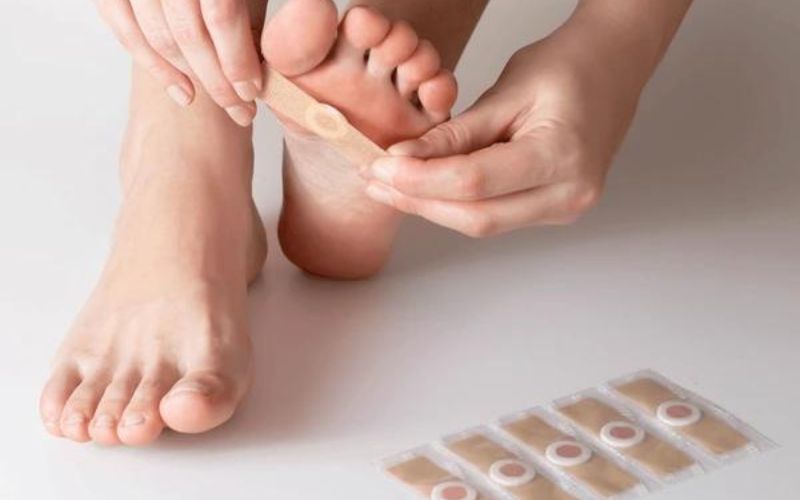
You can use corn pads to avoid corn contact with your shoe. It is recommended to use donut-shaped adhesive pads as they fit easily. Make sure you do not shave or cut away the seed corn on foot to get rid of them. Moreover, you can use comfortable footwear that fits perfectly with your socks and shoes.
If by following the above tips you can not get rid of seed corn foot then you must consider visiting a doctor.
How does Seed Corn Form?
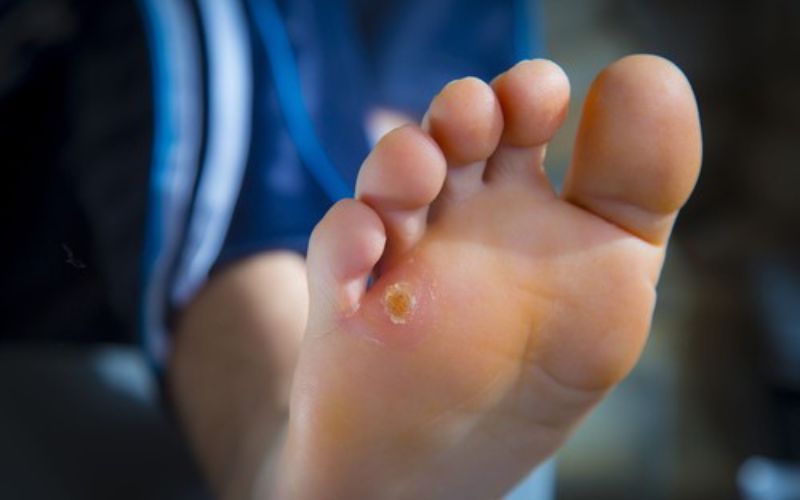
Mostly seed corn forms from repeated irritation, rubbing, friction, or pressure on the skin. They usually form on the bony areas of feet, especially where skin rubs against other things like shoes and socks. The hardened layers of skin of corn are the body’s way of protecting the underlying skin from pressure and irritation. Moreover, here are some main causes of seed corn formation.
Socks Seed Corn Formation

Indeed socks are one of the best ways to prevent the formation of seed corn. But their excess friction with shoes can cause seed corn. If your socks are too loose or tight then they will contribute to the formation of seed corn.
Shoe Seed Corn Formation

The majority of seed corn forms due to friction injuries from shoes like high heels. They develop as a response to continuous rubbing. Both too-loose and tight shoes cause excessive rubbing in specific areas of the foot. Corns prompt the skin to grow thick. But you can avoid all these problems by using properly fitting shoes.
Repetitive and Overuse Stress
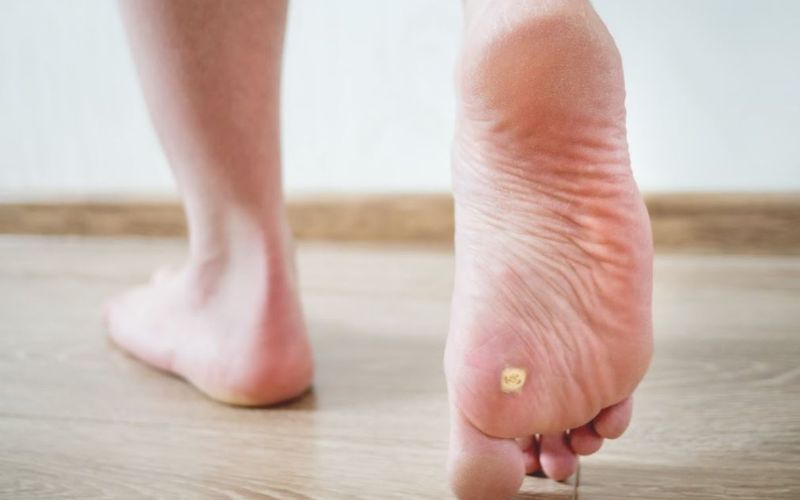
Continuous friction can cause foot corn including walking, running, or standing for long hours. Moreover, in case of uneven gait, feet bear weight differently with the potential of causing seed corn. Remember, repetition and overuse are not the only ways of corn formation. You can get them because of excess standing and weight-bearing activities.
Congenital and Acquired Deformities
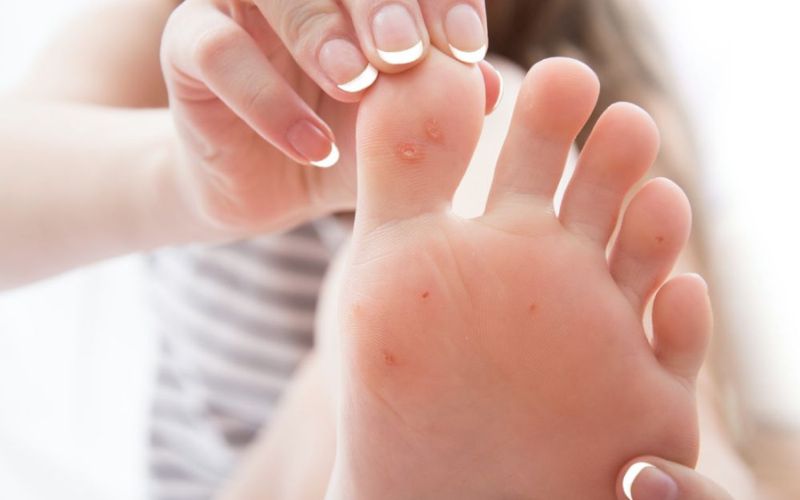
Any kind of foot condition that changes the foot’s shape causes corn formation in the foot. The bone spur is the condition that forms at the end of the bone and causes excessive rubbing that leads directly to corn formation. Furthermore, Bunions hasten corn formation. Sometimes, forms of fixed and unnatural joints contracture and hammertoes cause seed corn formation.
What are the Symptoms of Seed Corn on Foot?

If you do not know how to detect the formation of seed corn on feet yet then the following are some symptoms that you must know
- Small and round raised bump of hardened skin surrounded by irritated skin
- Hardened skin areas where there is repeated friction on the skin
- Less sensitivity on that particular spot than on the surrounding skin
- Hardened, thick, and larger specifically a more flattened patch of skin
- Redness, pain, and blisters
- The raised area of the bump causes discomfort or pain
Tips to Prevent the Formation of Corn on Bottom of Foot
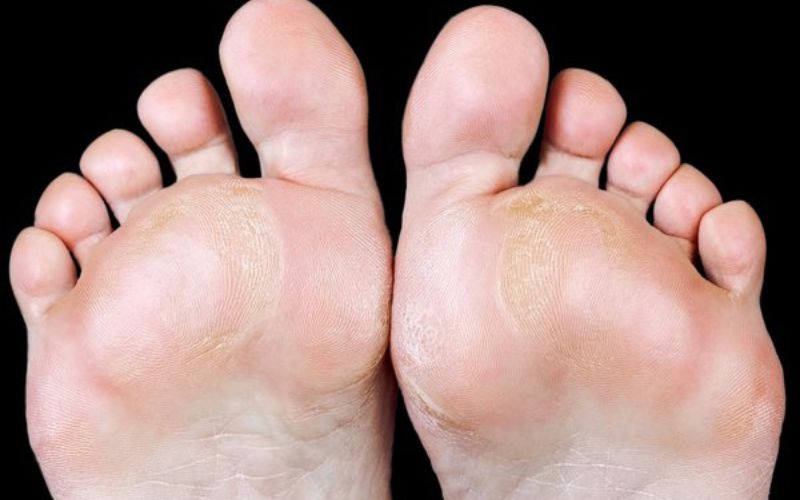
Here are some of the best tops that will help you to avoid the formation of Corn seeds on feet. Let’s review them.
Choose Shoes Carefully
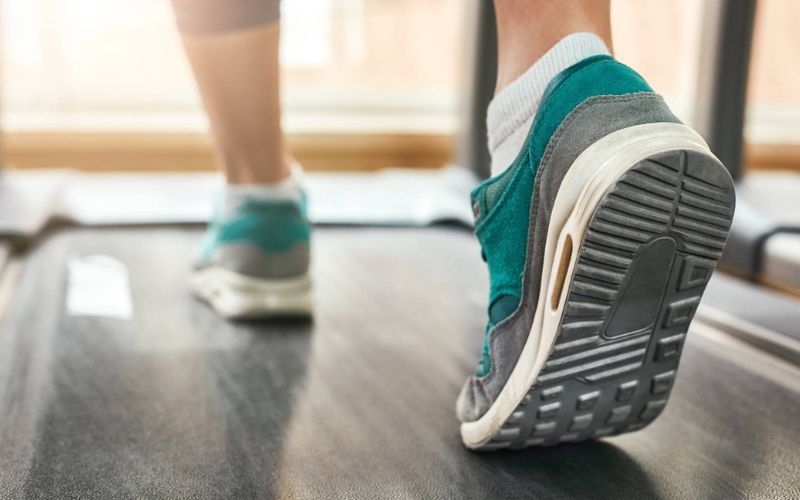
The common cause of seed corn on foot is ill-fitting shoes. To avoid this problem, you need to consider the following things to buy the perfect shoes.
A Good Fit – Buy shoes that fit your feet with or without socks. You can check the shoes by taking a small walk
Plenty of Tow Room – If you can not wiggle your toes comfortably then shoes are probably too tight for you
A Low Heel – High heels provide extra pressure to feet so avoid wearing low heels mostly
Remember to Wear Socks
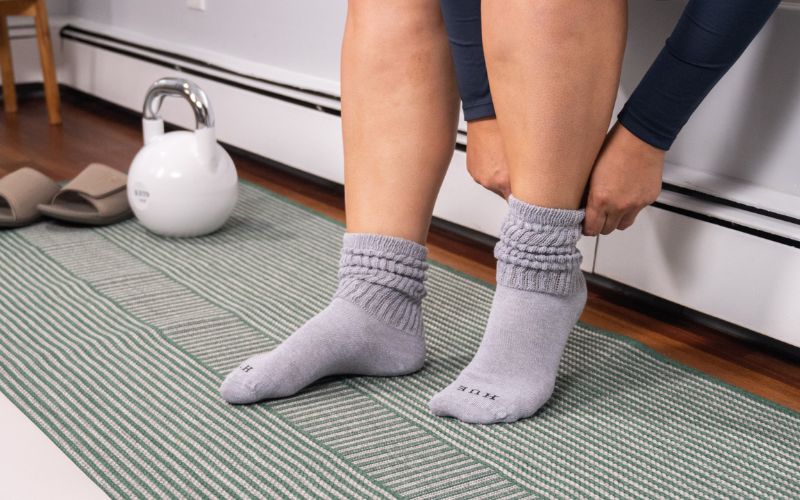
By wearing socks with shoes you can reduce the friction on your feet which means no seed corn.
Keep Your Feet Clean
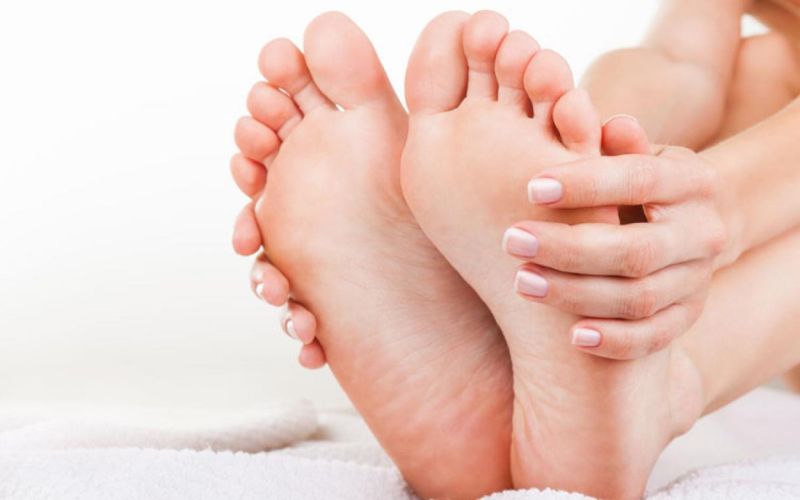
To avoid forming seed corn or dead cells it is necessary to keep your feet clean. You must wash your feet regularly with water and soap. You can also use an appropriate scrub brush to get rid of the dead skin cells.
Keep Your Feet Moisturized
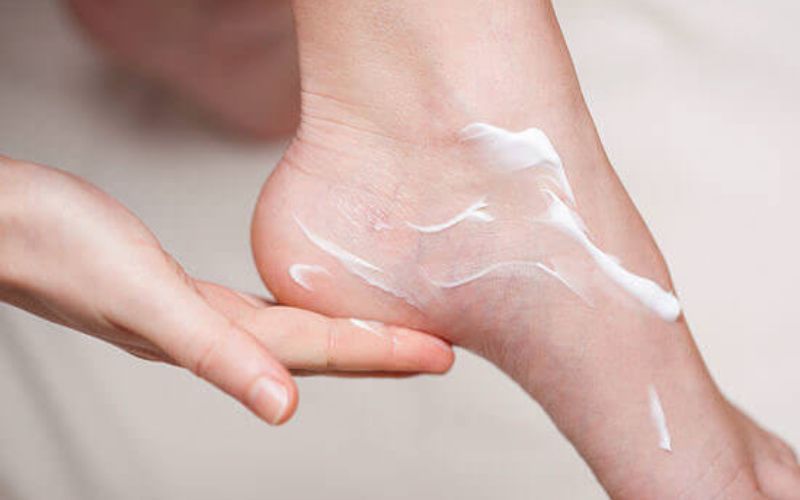
Seed corn mostly forms on dry skin so try to keep your feet moisturized all the time. You can use a regular lotion or salicylic acid cream to create moisture on the bottom of your feet.
Use Pads or Inserts to Avoid Excess Friction

Make sure to use removable shoe inserts or stick-on pads to ease friction and pressure on specific areas of your feet.
Keep Your Toenails Trimmed

If your toenails are longer than the standard length then they can force them to push up against your shoe. This can form pressure that causes seed corn to form over time.
When Should You See a Doctor
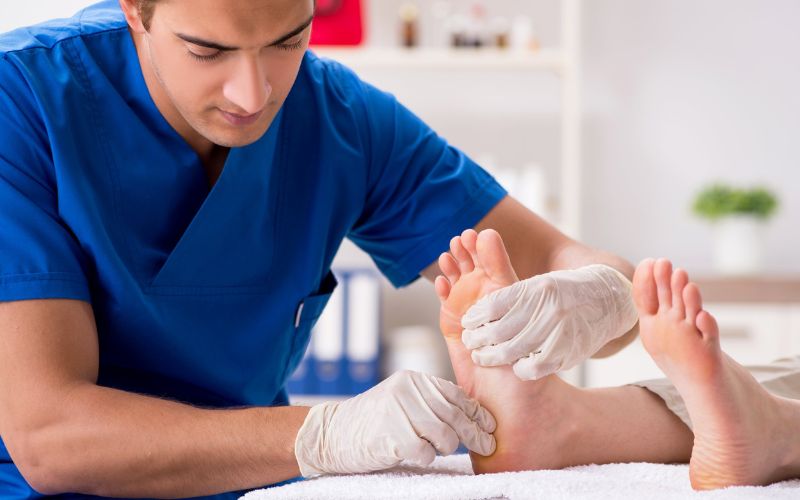
If you can not get rid of seed corn on foot yourself then you must visit a doctor. You should also visit a podiatrist if you have diabetes, fragile skin, or peripheral arterial disease. This is because people with diabetes and sensitive skin impact blood flow in the feet.
They are also at a high risk of infection due to minor injuries from self-treatment. Moreover, seek medical attention if you see the following symptoms of infection around seed corn.
- Redness
- Worsening pain
- Swelling
- Pus or drainage
- Appear infected or inflamed
- Interfering constantly with your daily activities
Most of the time, doctors can treat seed corn with a simple examination of your feet. Moreover, if your corn is getting worse with home treatments then know they need extensive treatment to be removed.
Bringing It All Together

If you do not take care of your feet properly then they will have a high chance of seed corn. It is not a skin disease but a simple body response to excess weight and friction. In the early stages, you can cure seed corn yourself by using the right methods.
You must wear the right size shoes, properly fitted socks, and keep your feet moisturized. But before applying cream to your feet make sure to scrub them to remove the dead skin cells. You can also use a pumice stone to remove forming seed corn.
However, if you avoid the seed corn in the early stages then it will get worse with time. It can cause pain if not treated properly. It can also cause infection or irritation. In such a case, you will need to see a doctor.
Perhaps, you can avoid such a situation by taking care of your feet in the early stages. You should also use the tips that we have mentioned above to prevent your feet from seed corn.



